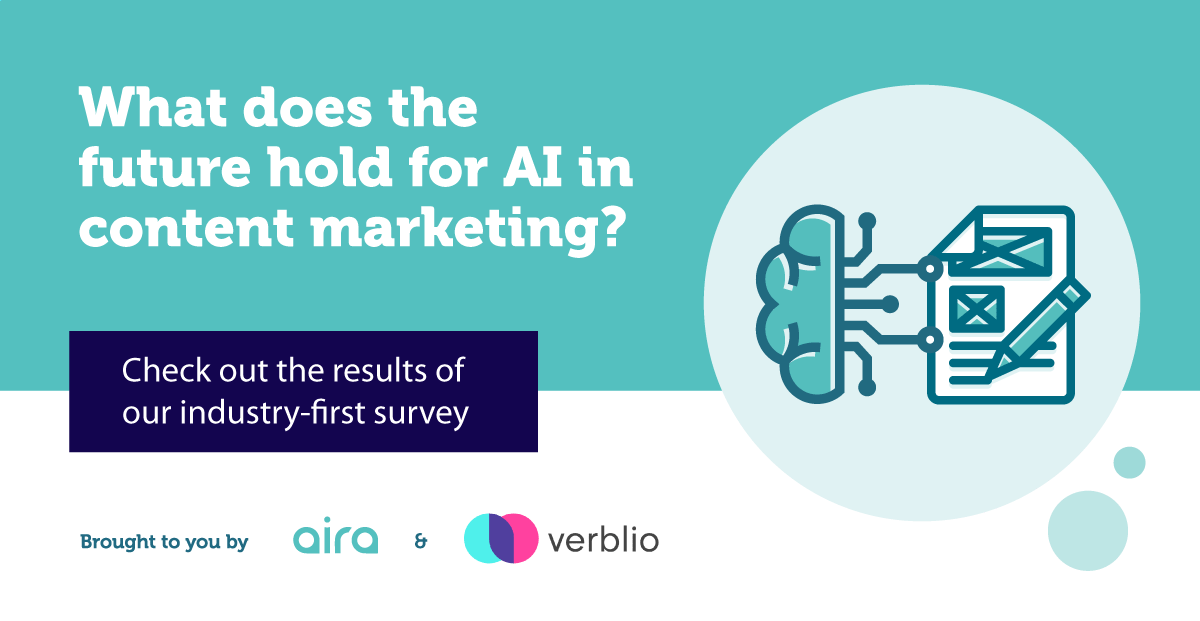
In the world of digital marketing, calls to action (CTAs) are essential tools that guide users toward desired outcomes. Whether it’s signing up for a newsletter, downloading an eBook, or making a purchase, CTAs play a pivotal role in driving conversions. However, not all CTAs are created equal. In fact, many marketers struggle with creating CTAs that feel genuine and persuasive without coming off as pushy.
This article will explore how to craft effective CTAs that resonate with your audience, encourage engagement, and drive results—all while maintaining a respectful and non-intrusive tone. Whether you’re a seasoned marketer or just starting out, this guide will help you understand the nuances of CTAs and how to use them wisely.
What Is a Call to Action (CTA) and Why It Matters
A call to action (CTA) is a prompt that encourages a user to take a specific step, such as clicking a button, filling out a form, or subscribing to a service. CTAs are designed to guide users through the customer journey, helping them move from awareness to consideration to conversion.
In today’s digital landscape, where attention spans are short and competition is fierce, CTAs are more important than ever. They serve as the final push that turns passive visitors into active participants. But the key to success lies in how you phrase and place these CTAs.
According to HubSpot, CTAs are one of the most effective ways to generate leads and boost inbound marketing. The right CTA can increase engagement, improve user experience, and ultimately lead to higher conversion rates. However, if not crafted carefully, CTAs can come across as aggressive or insincere, which can damage trust and deter potential customers.
How CTAs Impact SEO Performance
While CTAs themselves may not directly affect search engine rankings, they play a crucial role in overall SEO performance by influencing user behavior and engagement metrics. Search engines like Google prioritize websites that provide a positive user experience, and CTAs contribute to this by guiding users toward relevant content and actions.
Effective CTAs can:
- Increase dwell time: When users are engaged with a CTA, they’re more likely to spend more time on your site.
- Boost click-through rates (CTR): Well-crafted CTAs can improve the likelihood that users will click on links or buttons.
- Enhance conversion rates: By encouraging users to take specific actions, CTAs can lead to more sign-ups, downloads, or purchases.
Moreover, CTAs that align with user intent can improve the relevance of your content, which is a key factor in SEO. For example, a CTA that invites users to “Download our free guide” when they’re looking for educational content is more likely to be seen as helpful and relevant than a generic “Click here.”
Step-by-Step Implementation Framework
Creating effective CTAs that don’t come off as pushy requires a thoughtful approach. Here’s a step-by-step framework to help you implement CTAs successfully:
-
Define or Audit the Current Situation
Start by analyzing your current CTAs. Are they clear? Are they aligned with your audience’s needs? Use tools like Google Analytics or heatmaps to see how users interact with your CTAs. Identify what’s working and what’s not. -
Apply Tools, Methods, or Tactics
- Know Your Audience: Tailor your CTAs to the interests, pain points, and motivations of your target audience. For example, doers might respond better to action-oriented language like “Start now,” while influencers might prefer “Share this with your network.”
- Use Clear and Concise Language: Avoid jargon and complex words. Instead, use simple, direct language that clearly communicates what the user should do next.
-
Leverage Emotion and Urgency: While you don’t want to be pushy, a little urgency can be effective. Phrases like “Limited time offer” or “Act now” can motivate users without sounding overbearing.
-
Measure, Analyze, and Optimize
Use A/B testing to compare different versions of your CTAs. Track metrics like CTR, conversion rate, and bounce rate to determine which CTAs perform best. Continuously refine your CTAs based on user feedback and data insights.
Real or Hypothetical Case Study
Let’s look at a hypothetical case study involving a SaaS company that sells project management tools. The company had a high bounce rate on their homepage, indicating that users weren’t engaging with their content.
After auditing their CTAs, the team realized that their main CTA was too generic: “Get Started.” They decided to test a new CTA: “Try for Free – No Credit Card Required.”
The results were impressive. Within two weeks, the CTR increased by 40%, and the conversion rate improved by 25%. Users appreciated the clarity and lack of pressure, leading to a more positive user experience.
This case study highlights the importance of crafting CTAs that speak directly to the user’s needs and desires without being overly aggressive.
Tools and Techniques for Effective CTAs
To create compelling CTAs, consider using the following tools and techniques:
- Optimizely: A powerful A/B testing platform that allows you to test different CTAs and see which ones perform best.
- Google Optimize: Another great tool for testing CTAs and measuring their impact on user behavior.
- Unbounce: A landing page builder that makes it easy to create and customize CTAs.
- Hotjar: Provides heatmaps and user recordings to help you understand how users interact with your CTAs.
- HubSpot: Offers a suite of tools for creating and managing CTAs, including templates and analytics.
These tools can help you experiment with different CTAs, track their performance, and make data-driven decisions to improve your results.
Future Trends and AI Implications
As AI continues to evolve, the way we create and optimize CTAs is also changing. With the rise of voice search, chatbots, and personalized recommendations, CTAs are becoming more dynamic and context-aware.
For example, AI-powered tools can analyze user behavior in real-time and suggest the most appropriate CTA based on the user’s intent and preferences. This level of personalization can significantly enhance the effectiveness of CTAs without making them feel intrusive.
Looking ahead, marketers should focus on creating CTAs that are not only clear and compelling but also adaptable to different platforms and user experiences. As AI becomes more integrated into the marketing ecosystem, the ability to deliver the right message at the right time will be more important than ever.
Key Takeaways
- Understand your audience: Tailor your CTAs to the needs and motivations of your target users.
- Use clear and concise language: Avoid jargon and keep your CTAs simple and direct.
- Test and optimize: Use A/B testing to refine your CTAs and improve their performance.
- Focus on user experience: CTAs should enhance the user journey, not disrupt it.
- Stay adaptable: As AI and technology evolve, so should your approach to CTAs.
By following these principles, you can create CTAs that are both effective and respectful—guiding users toward meaningful actions without coming off as pushy.
Meta Title: How to Use CTAs Without Being Pushy | Smart Guide for Marketers
Meta Description: Learn how to create effective CTAs that engage users without feeling pushy. Discover tips, tools, and strategies for smart CTA implementation.
SEO Tags (5): CTA strategies, non-pushy CTAs, marketing tips, user engagement, conversion optimization
Internal Link Suggestions: Parameter #5: A/B Testing for Conversion Optimization, Parameter #8: User Experience and SEO
External Source Suggestions: https://www.hubspot.com/ctas, https://www.optimizely.com/










